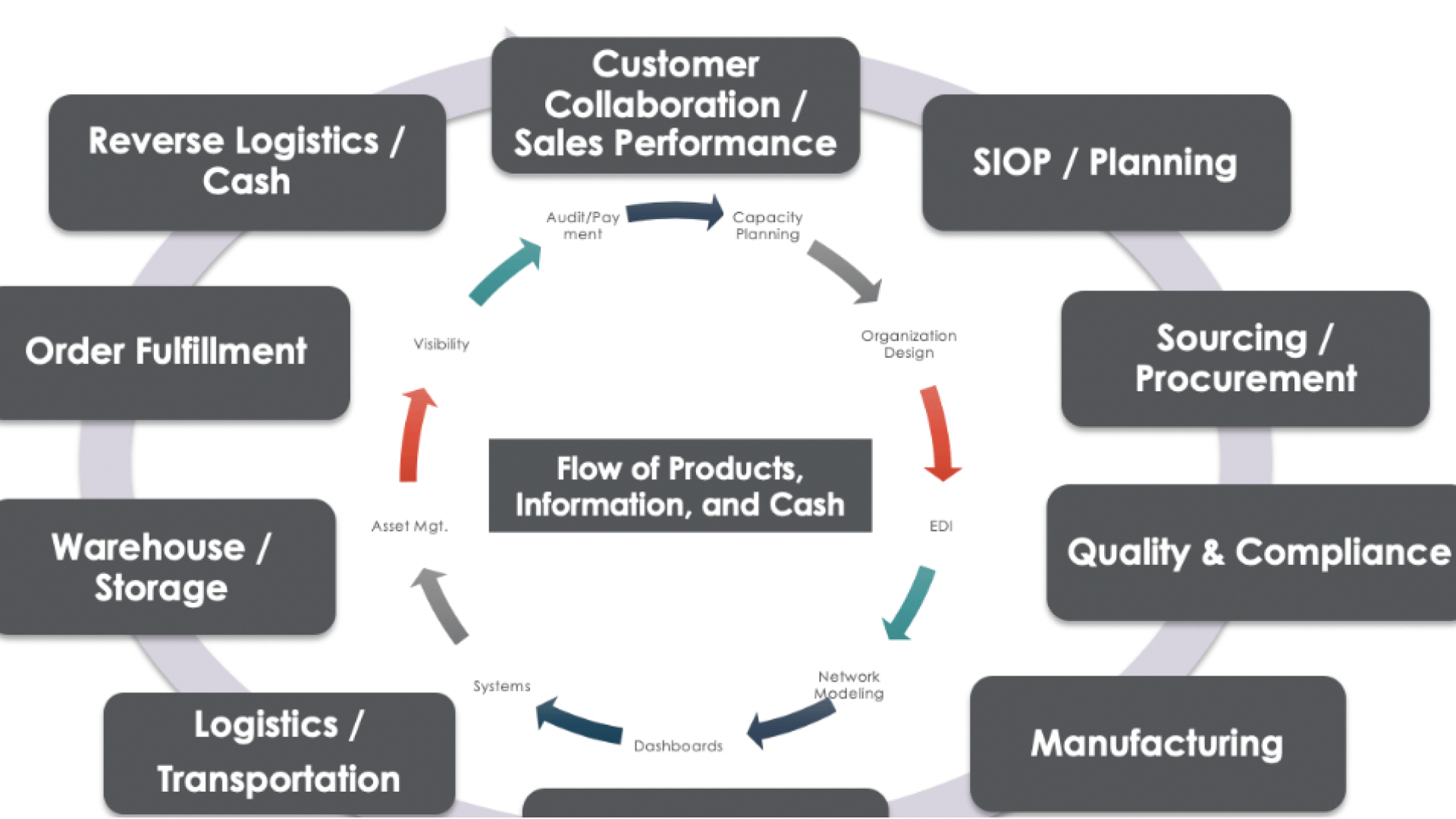The digital marketplace, especially platforms like Amazon FBA, has revolutionized the way we conduct business, enabling entrepreneurs to reach customers worldwide. In this emerging domain, smart management of lead time is key to long term success. Understanding and efficiently managing lead time not only optimizes supply chain operations but also helps to meet customer expectations with consistency. Importantly, this element of eCommerce requires a meticulous and strategic approach.
A fundamental concept to grasp in your ecommerce journey is the definition of lead time. It can be defined as the timespan between the initiation of any process and its completion. In the context of Amazon FBA and other ecommerce platforms, lead time usually relates to the time from placing an order with your supplier until the product is ready to be sold to the customer. It includes manufacturing, shipping, inventory processing, and many more intricacies.
Establishing an efficient lead time management strategy equates to improved inventory control. Having your inventory arrive right when you need it minimizes holding costs and maximizes profit margins. Streamlining the process, from order placement to delivery, is a strategic move that can be as impactful as price adjustments or marketing campaigns, enhancing your competitive edge in the saturated ecommerce field.
An important part of lead time management is understanding that it isn’t a one-size-fits-all approach, due to the inherent variability in lead times. Different products, suppliers, and shipping methods will naturally result in different lead times. Accurately predicting and adjusting for these variations can propel your Amazon FBA business to new heights and drastically reduce bottlenecks in your supply chain.
One significant aspect of lead time management is proactive communication with suppliers. This not only leads to more accurate estimates of the lead time but also solidifies relationships with your suppliers. It’s essential to keep open lines of communication, discuss potential supply chain disruptions and have a contingency plan in place to manage unprecedented delays.
Leveraging advanced analytics can substantially enhance lead time management. Utilizing modern technologies to develop predictive analytics models helps you forecast lead times more accurately and prepare for supply chain disruptions. Advanced analytics can provide insights into seasonal demand patterns, supplier performance, and shipping trends, ultimately enhancing your decision-making process in your eCommerce business.

Just-in-time (JIT) delivery is a popular strategy that many Amazon FBA sellers implement to efficiently manage lead time. JIT focuses on receiving orders just when they are needed for sale, reducing inventory holding costs. However, the implementation of JIT demands precise management and constant monitoring as any delay can directly impact the sales.
Safety stock is another robust strategy that can be considered as a buffer for unforeseen situations that may elongate the lead time. While maintaining safety stock adds to your inventory holding costs, it can protect against lost sales during unexpected demand surges or supply chain disruptions. Striking the right balance between holding safety stock and maintaining a lean inventory is key to optimizing lead time management.
Lead time reduction is vital, but remember, it should not come at the expense of quality. Quality control still holds its ground in a successful ecommerce setup. As an Amazon FBA seller, ensuring that the lead time does not compromise the quality of products being delivered should be a prime focus. The right balance can not only assure customer satisfaction but also help enhance the brand’s reputation.
Strategic partnerships with local suppliers can lead to noticeably reduced lead times. Local suppliers not only deliver the products faster but also make it easier to handle returns, replacements, and withdrawals. Don’t overlook the advantages of geographical proximity in enhancing lead time management strategies for your Amazon FBA business.

Consider diversifying your supplier network as a part of effective lead time management. Depending solely on one supplier could lead to vulnerability in case of any crisis at the supplier’s end. Having a network of suppliers ensures that your business can continue to operate at an optimal level, even when faced with unforeseen supply chain disruptions.
Expedited shipping could be a viable option for reducing lead time, especially when handling high-demand products or managing peak sales periods. However, the cost associated with such services needs to be considered while finalizing the price of the product. It is crucial to analyze if the reduced lead time, and presumably increased customer satisfaction, could compensate for the elevated shipping costs.
Embracing technological solutions such as inventory management software can automate and simplify the intricacies of lead time management. These applications aid in tracking, analyzing, and adjusting lead times based on real-time data. Such systems can work wonders for managing a successful Amazon FBA business, pinpointing inefficiencies, and illuminating areas for improvement.
Reducing and effectively managing lead time comes down to a combination of strategic planning, constant monitoring, and quick decision-making. The applicability of each strategy varies depending on the nature of the product, supplier reliability, shipping options, and fluctuations in consumer demand. The key is to dynamically adjust your lead time management strategy as these factors change over time.

Finally, remember that lead time management is not a set-and-forget process. It requires ongoing attention, skillful navigation and is influenced by a multitude of factors. However, if managed wisely, optimized lead time can become a powerful tool at your disposal, driving sale performance, customer satisfaction, and overall ecommerce success on platforms like Amazon FBA.


